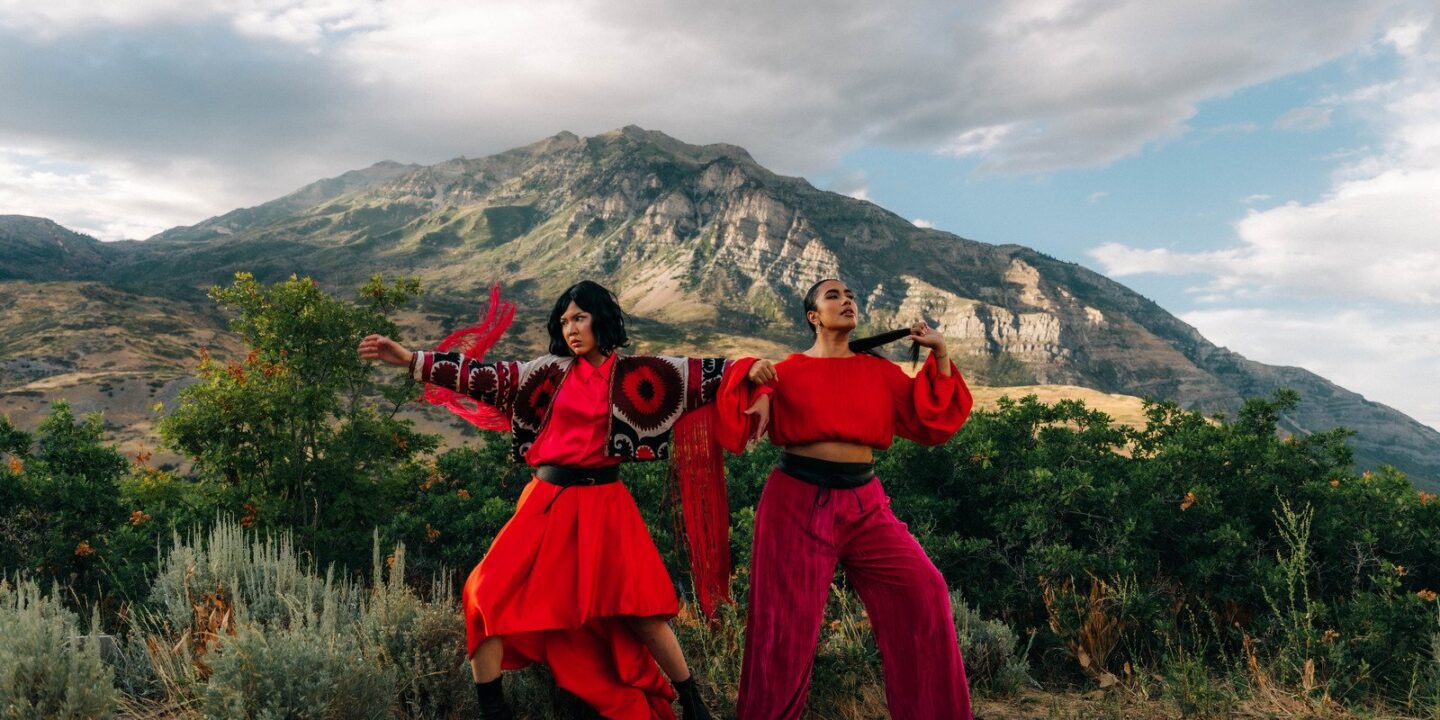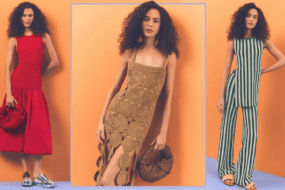
Personal style is an expression of individuality that not only reflects your personality but also plays a significant role in boosting confidence and leaving a lasting impression on others. It’s a unique blend of your preferences, lifestyle, cultural influences, and how you communicate non-verbally with the world around you. Whether you’re starting from scratch or refining an existing wardrobe, discovering your personal style can be a transformative experience. Here, we will guide you through the process of defining and cultivating a style that feels authentically “you.”
1. Understanding the Importance of Personal Style
Before diving into the process of discovering your personal style, it’s important to understand why it matters. Personal style goes beyond just wearing clothes. It’s a reflection of your identity, values, and even mood. The right clothes can elevate your confidence, make you feel empowered, and even impact how others perceive you.
Moreover, personal style doesn’t have to be rigid or based on trends. It should evolve with you over time and be an expression of who you are at any given moment in your life. It’s a fun and dynamic process, allowing you to experiment with different looks until you find what makes you feel truly comfortable and confident.
2. Self-Reflection: Knowing Yourself
The first step in discovering your personal style is self-reflection. Think about the aspects of your life that define you and how you want your clothing to reflect that. Consider the following questions:
- What is your lifestyle? Your personal style should be functional for your everyday life. If you work in a corporate setting, your style might lean more toward formal or business casual. On the other hand, if you work remotely or have a creative profession, you may prefer more relaxed or eclectic outfits.
- What are your hobbies and interests? Your personal style can often align with your passions. For example, someone passionate about fitness might gravitate toward athleisure or sporty styles, while someone who loves vintage fashion might opt for classic, retro looks.
- How do you want to feel in your clothes? The emotional aspect of style is crucial. Do you want to feel powerful, relaxed, fun, or sophisticated? Your clothes should help you express that feeling.
- Who are your style icons? Take note of celebrities, influencers, or people you admire for their fashion sense. While you shouldn’t aim to copy their style, identifying what you like about their looks can help inform your own personal aesthetic.
3. Explore Different Styles and Trends
One of the best ways to begin discovering your personal style is by exploring various fashion trends and styles. There are countless different aesthetics, from minimalist to boho, preppy to grunge, or even chic to avant-garde. Here are a few ways you can start experimenting with different styles:
- Fashion Magazines and Blogs: Browse through fashion magazines or blogs to see what catches your eye. While trends come and go, some looks might resonate with you more than others. Start pinning outfits or keeping a style journal.
- Social Media: Platforms like Instagram and Pinterest are full of fashion inspiration. By curating feeds that align with your interests, you can find an endless stream of looks to inspire you. Don’t be afraid to follow influencers who seem to share a similar vibe to what you imagine for your personal style.
- Look at Fashion History: Sometimes the best styles are rooted in history. Study fashion from different decades or cultural movements. Whether you love the elegance of the 1950s, the boldness of the 1980s, or the relaxed cool of the 1990s, historical influences can guide you to your style preferences.
4. Experimentation: Trying New Things
Once you’ve got a sense of what appeals to you, it’s time to experiment. Don’t be afraid to try things you’ve never considered before. Personal style is about self-expression, so it’s okay to step out of your comfort zone. Here’s how you can approach the experimentation phase:
- Play with Colors and Patterns: If you typically gravitate toward neutral tones, experiment with brighter colors or bold patterns. If you love color, try pairing it with neutrals to create balance. Explore different combinations to see what makes you feel excited.
- Mix and Match: Don’t be afraid to mix different styles together. Pair something edgy with something classic or a feminine dress with a pair of chunky boots. The beauty of personal style is that it’s flexible. Mixing elements from different styles can create a look that feels uniquely yours.
- Fit Matters: Pay attention to how clothes fit your body. Clothes that fit well will always look more flattering, regardless of the style. If you’re unsure, experiment with different fits: oversized, tailored, or relaxed cuts. Fit can make or break an outfit, so finding what works for your body shape is essential.
- Accessories and Details: Accessories can significantly impact your overall style. Experiment with different accessories—belts, scarves, jewelry, or handbags—to elevate simple outfits. Accessories allow you to add personality to an otherwise minimal outfit.
5. Develop a Signature Look
As you experiment with different styles, you’ll start noticing patterns in your choices. Over time, you’ll likely identify certain clothing pieces or looks that consistently resonate with you. This is the foundation of your signature style.
Your signature look could be something as simple as a go-to color palette, a specific silhouette you love, or a particular accessory you always wear. For example, you might discover you love wearing statement jackets, oversized blazers, or tailored pants. Or you may realize that you’re drawn to certain fabrics like leather, denim, or linen.
Once you find a core set of pieces or styles that you feel truly comfortable in, you can start building your wardrobe around them. Investing in high-quality items that align with your signature look will make getting dressed each day much easier.
6. Building a Versatile Wardrobe
A key part of discovering your personal style is creating a wardrobe that works for your daily life while reflecting your personality. Here are some tips for building a versatile wardrobe that suits you:
- Start with Essentials: Begin with basic wardrobe staples that can be mixed and matched. These include items like a well-fitting pair of jeans, a simple white shirt, a black blazer, a leather jacket, or a little black dress. These versatile pieces can be dressed up or down depending on the occasion.
- Add Statement Pieces: Once you have the basics covered, start adding statement pieces that reflect your style. These can be items with bold patterns, bright colors, or unique cuts that make a statement when paired with more neutral pieces.
- Quality over Quantity: Instead of overloading your wardrobe with fast fashion, invest in high-quality items that will last. Quality clothing often looks more polished and can withstand wear and tear better than cheaper alternatives.
- Seasonal Updates: Personal style isn’t static, so don’t forget to update your wardrobe with the changing seasons. Swap out heavier fabrics for lighter ones in the summer and vice versa for winter. You can also experiment with seasonal trends that align with your aesthetic.
7. Confidence is Key
Ultimately, the most important part of personal style is confidence. No matter what you wear, confidence will always make your look stand out. When you feel comfortable and confident in your clothes, you’ll naturally exude a sense of ease that others will notice.
Confidence comes from wearing what makes you feel empowered, whether it’s a minimalist outfit or something more daring. The key is to wear clothes that help you feel like the best version of yourself.
8. Evolving Your Style
Your personal style isn’t set in stone; it should evolve with you as you grow and change. Your lifestyle, career, body, and even personal preferences will shift over time, so don’t be afraid to revisit your style every few years. You might find that your taste in colors, fabrics, or silhouettes changes, and that’s completely normal.
Also, remember that personal style is about expressing who you are, not what others expect of you. So, if you ever feel like embracing a completely new style, go for it. Your personal style journey is a reflection of your unique personality, and it should make you feel empowered and true to yourself.
Conclusion
Discovering your personal style is an ongoing process of self-discovery and experimentation. By reflecting on your life, preferences, and aspirations, you can begin to define a style that aligns with who you are. The key is to experiment with different looks, develop a wardrobe that fits your lifestyle, and wear clothes that make you feel confident and authentic. Remember, personal style is all about expressing yourself, so embrace the journey and have fun with it!






















